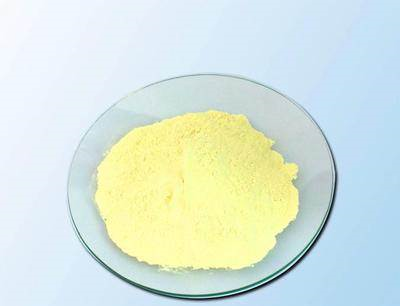Surfactant Definitions and Functions
Surfactant-an acronym for surface active agent. This is a more modern term than detergent, generally taking the place of the term detergent when referring to wetters, solubilizers, emulsifiers, and other items defined below. Surfactants almost always work to reduce attractive interactions between like particles and bring them to unlike surfaces. Surfactant is the name we use as a general term for all our Surfactant ToolKit items.
Wetting- this is simply the action of a surfactant to reduce the surface tension of a liquid. It does this by reducing like attractions of molecules with each other (such as with water) and increase the attraction towards an unlike surface. This is extremely important when reconstituting dry powders, dry beads, or reagents in solid-phase devices. If the speed and evenness of reconstitution is important, then a good wetting agent is essential. Trition X305, Surfactant 10G, Silwet L7600, and BioTerge AS-40 are all very good wetters.
Solubilizers - these are surfactants that can effect a solubilization of an otherwise insoluble material. If a concentration of surfactant is made high enough, micelle structures are formed. Insoluble molecules are then incorporated into the micelles and brought into apparent solution. Oftentimes reagent developers are faced with the dilemma of having to use water-insoluble substances in aqueous solutions, or water-soluble substances in organic solvents. Surfactants with good solubilizer properties can solve either problem. We once used Ninate 411 to solubilize a diazonium salt in acetone.
Emulsification - this is the property of surfactants to form a stable emulsion of two or more immiscible liquids. This is a little like micellular solubilization, but the resultant solubilizing particles are much bigger. Occasionally you might have a reagent in an oil form that needs to go into an aqueous solution.There are several surfactants such as Trition X45, BRIJ 35, the TWEENs. and Igepal CA210, that can help with this.
Dispersion - an important property of surfactants that keeps insoluble particles in suspension. They do this by preventing insoluble particles from aggregating with each other. The smaller the particles, the more stable the dispersion formed. Have you ever scaled up a reagent prep and had the pilot supervisor point out a bunch of unsightly crud settling out, hithert unseen at the bench? Your worst nightmare! Sometimes even the best of efforts will not keep things in solution, and then what you need is a surfactant with good dispersing properties. Tetronic 1307,Geropon T-77, and Rhodasurf ON-870 are good choices here.
Detergency - the ability of a surfactant to remove particles from a surface. We use this narrow definition to describe a detergent. Liken this function to the cleaning action of a surfactant to lift soil from a fabric. In the reagent development setting, it might be desirable to release reagents from membranes, paper filters, glass surfces and the like upon wetting. Surfactants with long, straight carbon chains, such as Bio-Terge AS-40,Standapol ES-1, and Chemal LA-9, are often the most effective here.




